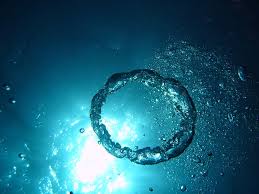This week over 240 years ago the English chemist Joseph Priestley discovered the atmospheric gas oxygen.
Not knowing exactly what the gas was, Priestley first tested it on mice, who surprised him by surviving quite a while entrapped with the air, and then on himself, writing that it was “five or six times better than common air for the purpose of respiration.”
Oxygen is the third most abundant element in the universe after hydrogen and helium.
Oxygen gas is the second most common component of the Earth’s atmosphere, taking up 20.8% of its volume and 23.1% of its mass. For some reason, Earth is unusual among the planets of the Solar System in having such a high concentration of oxygen gas in its atmosphere. There are only traces of the gas present on neighboring Mars and Venus. A good question then is why are we so lucky?
Since the beginning of the Cambrian period (541 million years ago), atmospheric oxygen levels have fluctuated between 15% and 30% by volume, the peak occurring during the Carboniferous period, the age of swamps, about 300 million years ago, when atmospheric oxygen reached at least 35%. In modern times, oxygen is constantly being produced as a byproduct of photosynthesis, a light driven splitting of water reaction.
references: http://elkodaily.com/lifestyles/professor-hanington-s-speaking-of-science-oxygen/article_e5c5eb04-41cd-599a-94e1-b8585624e8ca.html





